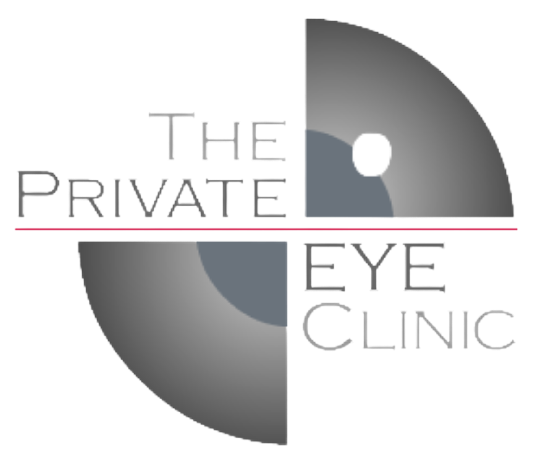
Consecutive Exotropia Surgery
This handout is written in great detail and needs to be studied with care to be understood. Please take the opportunity to make notes about the points in this handout and bring up questions to discuss with Dr Kowal.
Please discuss your expectations for surgery with Dr Kowal in great detail. He wants to understand exactly what you expect and what you would consider to be a desirable, acceptable and unacceptable outcome.
-
What is Consecutive Exotropia
An eye that was originally turned in, and then had an operation to make it straight, can sometimes turn out later in life.
This out-turning is called "consecutive exotropia".
This happens to about 30% of children who have successful straightening surgery early in life and is the 'price' that is paid as an adult for the best possible visual development as a child.
Patients with exotropia may have better-than-normal side vision. With straightening surgery, they lose this and become normal.
-
Why does Consecutive Exotropia Happen?
1. It can happen even if nothing goes 'wrong'. A baby with an eye that turns inwards will have the inside muscle of each eye (the medial rectus) repositioned to make the eye straight. The correct amount of repositioning in a child may turn out to be too much when the child becomes an adult. This can be due to an imbalance in the way the repositioned muscle grows in relation to the rest of the eye and orbit.
2. The medial rectus muscle can slip. If there is a technical hitch with surgery or with the "take" of the stitches then the muscle can slip. This will result in early recognition that the muscle isn't working well, and the eye will turn out (at least intermittently) within the first week or two after surgery.
3. The medial rectus can stretch. The medial rectus normally forms a stable scar with the eyeball. Rarely, this scar can stretch causing the eye to turn out. People who develop thin stretched scars on other parts of their bodies (and women who have lots of stretch marks) are probably more prone to this complication. Please let the Doctor know if you think this might apply to you.
-
Fixing the Consecutive Exotropia
The "degree of difficulty" (DoD) in these operations can vary from moderate to extreme. In general, situation "1" above is usually of moderate difficulty. Situations "2" and "3" are more likely to be high-extreme DoD. Success rates for moderate DoD are 80-90%. Success rates for high-extreme are 70-80%.
Cases with high-extreme DoD are more prone to having a more difficult early course, double vision, early overcorrection, more likely to need Botox for an overcorrection as part of the treatment and are more likely to require a second surgery within the first 12 months.
In general, the best early result is a mild (3-10°) over-correction in week one. In month two, 90% of these patients will end up being perfect or near perfect. The "second best" early result is to have an overcorrection of more than 10°. This can take longer to settle and may require a Botox injection into the muscle.
In all of these cases adjustable sutures are more likely to be required.
In general, the risk of making you worse is around 1% or less (think of the operation as being 99% safe).
A small number of patients end up with chronic thickened red tissue in the inner corner of the eye after multiple surgeries. This nearly always settles down on its own. Some patients require regular lubricating drops for comfort. Some patients require a cortisone injection into the tissue. If it has not settled within 12 months then consideration is given to transplanting some conjunctiva to replace the scarred tissue (an operation done by a cornea specialist).
Dr Kowal is Melbourne's most experienced strabismus surgeon and the only ophthalmologist whose practice is restricted to strabismus surgery. Dr Kowal personally performed 79% of private Botox injections for strabismus and 92% of private adjustable suture procedures in the state of Victoria (July 2003-May 2004). These procedures are a 'marker' for difficult strabismus surgeries.
Note: The above statistics were obtained from the HIC website and from Dr Kowal's files.
